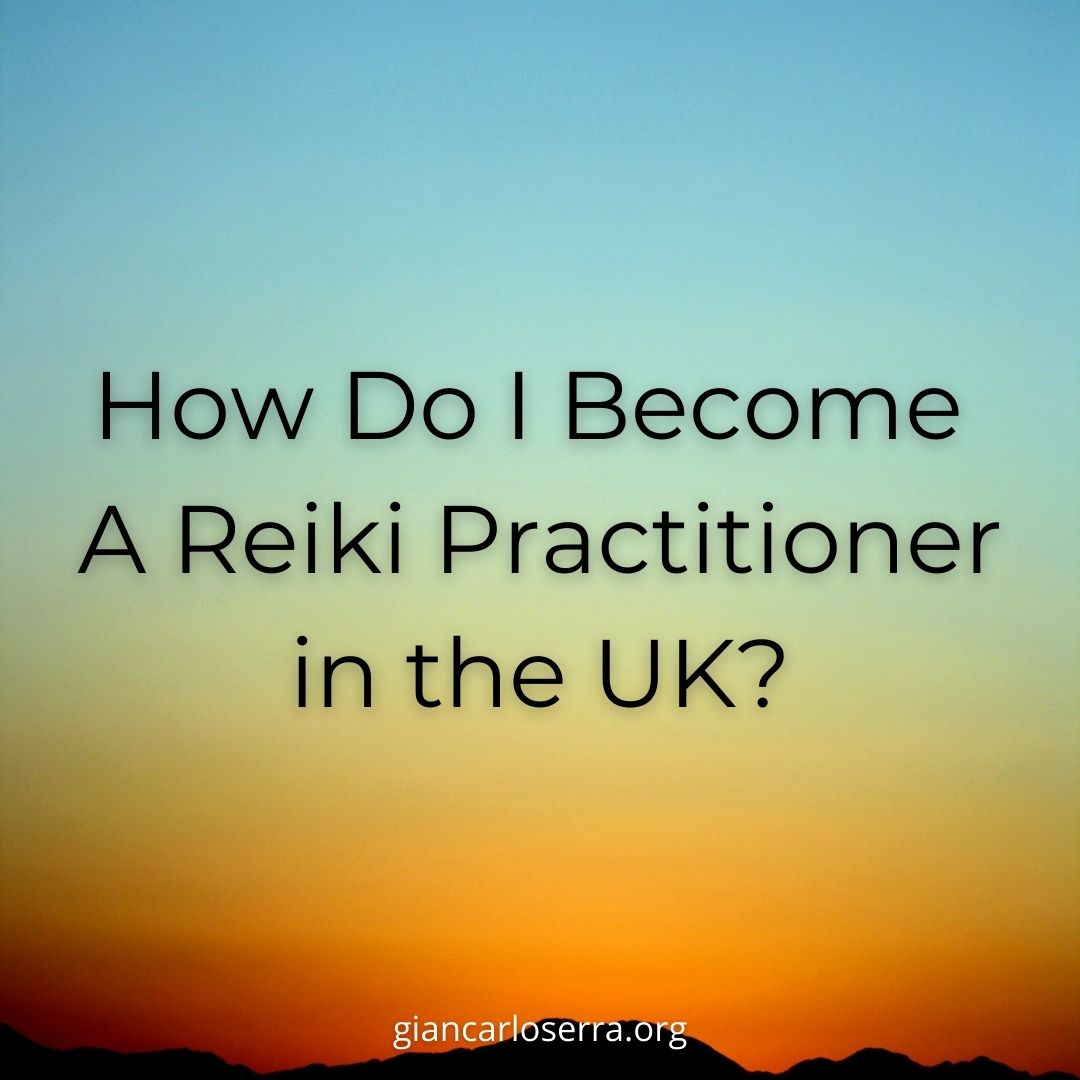
How Do I Become A Reiki Practitioner UK?
Reiki is a Japanese technique for stress reduction and relaxation that also promotes healing. It is administered by laying on hands and can be easily learned by anyone.
Reiki is an original method of healing developed by Mikao Usui in Japan early in the 20th century. It is a natural healing energy that works on every level, not just the physical, and is understood to promote the body’s regenerative self-healing ability.
Reiki can be learned by anyone.
Are there different styles of Reiki?
There are many different Reiki styles that extend beyond the traditional Usui Reiki. Each style of Reiki has its own philosophies, symbols, and process of attunement. All Reiki styles follow the fundamental belief in a universal energy that helps emotional, mental, spiritual, and physical healing.
Some suggest there are over 1000 styles of Reiki, with many sub-styles stemming from primary methods of Reiki. Some styles of Reiki have also developed based on geography and the relevant cultural belief’s of each region including Tibet, India, and Egypt.
Below are some more popular styles of Reiki that have developed over time.
Usui Reiki is listed first as the primary method of Reiki and the remaining styles are listed alphabetically with no preference given to reported efficacy.
– Blue Star Reiki
– Five Element Seichem
– Gendai Reiki
– Golden Age Reiki
– Jinlap Reiki
– Lightarian Reiki
– MariEL
– Satya Japanese Reiki
– Men Chho Reiki
– Prema Reiki
– Rainbow Reiki
– Tibetan Reiki
– Seichim Reiki
– Reiki Jin-Kei Do
– Saku Reiki
– Shamballa Reiki
– The Radiance Technique
– Vajra Reiki
– Raku Kei
– Imara Reiki
– Kundalini Reiki
What Is the Difference Between Reiki and Holy Fire® Reiki ?
There are no limits to the possibilities offered by Reiki. As demonstrated by Usui Sensei, Hayashi Sensei (one of the twenty Shihan initiated by Mikao Usui) and Takata Sensei, Reiki is something that is meant to be developed.
Takata Sensei had been initiated as a Reiki Master by Hayashi Sensei, and can be considered an important innovator of Usui Reiki Ryoho. If it were not for Takata Sensei, Reiki would most likely have fallen into obscurity and never have been practiced by people all over the world.
Reiki energy comes from an infinite source and because of this, regardless of how developed and evolved ones healing energy has become, one will always be channeling a small portion of the potential healing energy that is available. It is always possible or the quality, effectiveness and benefit of one’s healing energies to improve.
Usui Sensei once said that he wasn’t at the top of the Reiki healing system, but one step below.
Reiki Training
The first degree of Usui Sensei training was called Shoden (First Degree) and was divided into four levels: Loku-Tou, Go-Tou, Yon-Tou and Sam-Tou).
The next degree was called Okuden (Inner Teaching) and had two levels: Okuden-Zen-Ki (first part) and Okuden -Koe-ki (second part).
The next degree was called Shinpiden (Mystery Teaching) which includes Shihan-Kaku (assistant teacher) and Shihan (venerable teacher). Shinpinden is usually called Reiki Master level in the Western Reiki training.
Hayashi developed a new method of teaching Reiki while he was travelling, in which he taught both Shoden and Okuden together (Reiki I & II) in a one five-day seminar. Each day included two-three hours of instruction and one Reiju. Students were encouraged to receive Reiju on a regular basis from their local Shihan or teacher after completing Hayashi Sensei’s class.
Since Hawayo Takata’s death in 1980, Reiki has gone through many changes in the West.
Western Reiki training is divided into three degrees: Reiki I, Reiki II and Reiki Master. We usually refer to Western Reiki to those Reiki styles that originated from Takata Sensei’s style.
Some teachers of Reiki now divide the third level (Reiki Master) into two levels: Reiki III Practitioner and Reiki III Teaching degree. Some call the Reiki III Practitioner’s Degree an advanced Reiki II.
The Holy Fire® Reiki system of Reiki includes a new symbol that represents a more potent healing energy that comes from a higher level of consciousness. It is divided into two degrees: Reiki I & II and Reiki Master.
Usui/Tibetan Reiki training is structured in three levels:
– Reiki 1
Reiki 1
This training opens the student to the flow of Reiki, enabling to use Reiki for self-healing and for friends and family. This training empowers the students through personal growth, self-development, and reflection.
Reiki 2
Reiki Level 2 is known as the Practitioner Level and enables the student to give professional treatments with confidence. It further enhances and refines the student’s ability to work with Reiki.
Students receives three sacred Reiki Level 2 symbols.
A Reiki Level 1 qualification is a prerequisite to register for the Reiki course and a minimum of three months between learning Reiki Level 1 and Reiki Level 2 to allow enough time to integrate higher energetic vibrations, and to gain more practical experience.
Reiki 2 is the practitioner level, so Reiki 2 qualified students can start working with Reiki professionally.
After at least 6 months experience students can register for the Reiki Master course.
Giancarlo is a fully qualified Spiritual Healer, Reiki Master, Hypnotherapist and Past Life Regression Therapist. He is a Consultant Expert Healer of the College of Psychic Studies in London.
He is a Master Teacher member of the UK Reiki Federation and registered with the Complementary & Natural Healthcare Council, Federation of Holistic Therapists, the Spiritual Regression Therapy Association and the General Hypnotherapy Register. Read more.



















